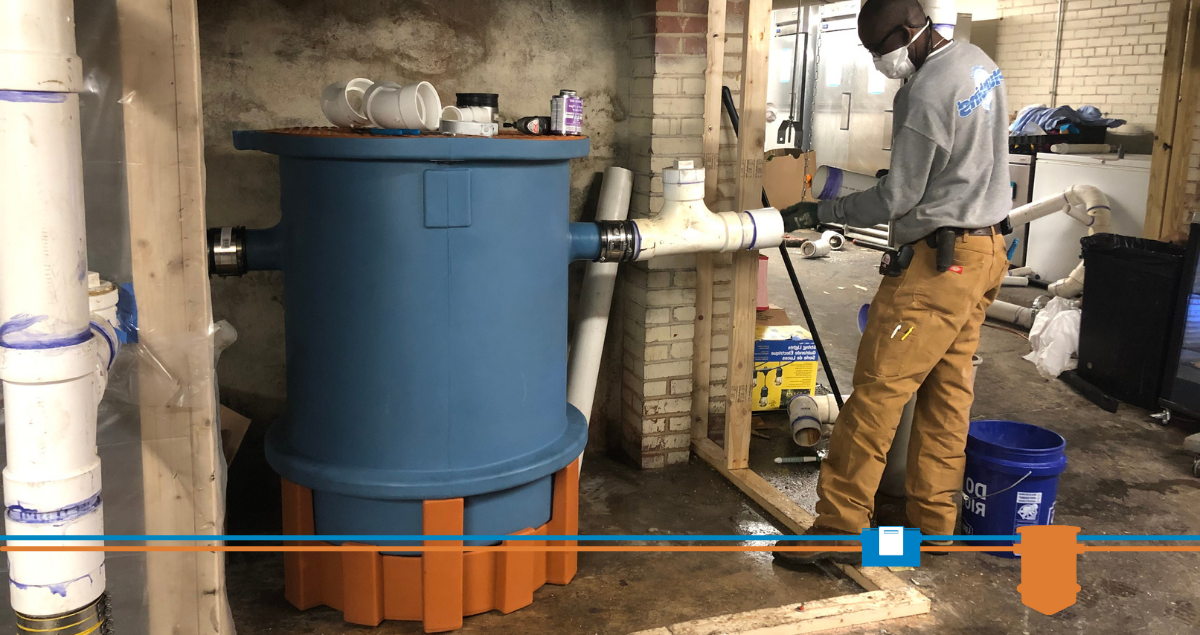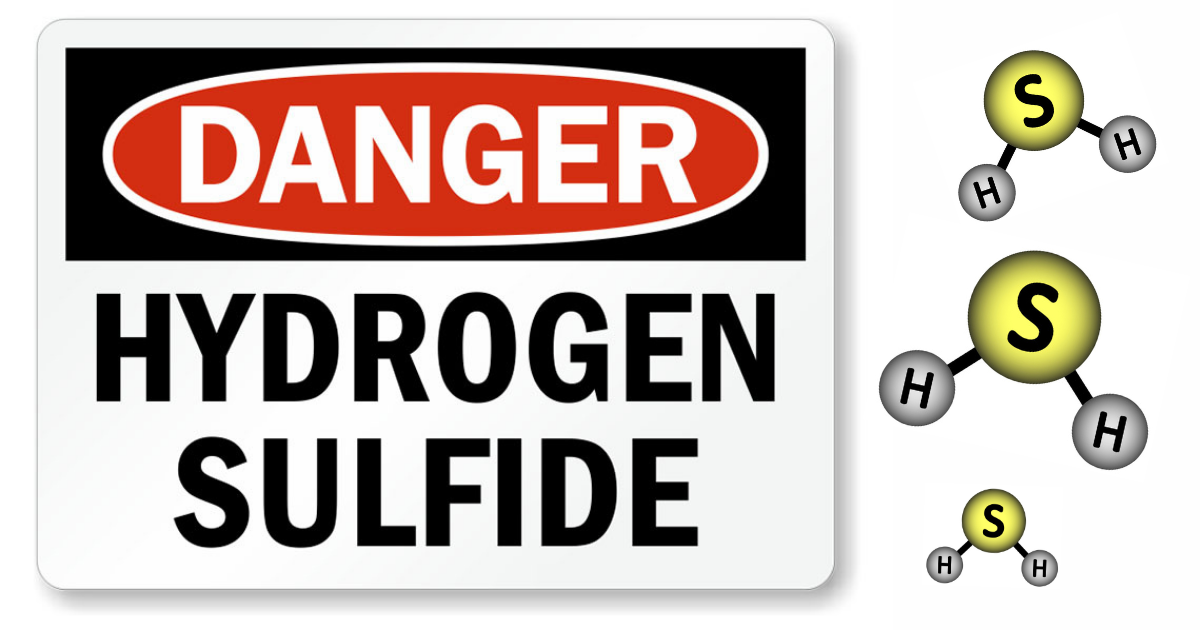Factors To Consider When Replacing A Grease Trap
- Jan 26, 2022
- 0 Comments

Replacing a grease trap is a real opportunity for you and your business to save money and avoid plumbing problems better than you had before. Most grease traps last at least a decade, and in that time the technology has improved and has been proven enough to help your business manage grease on a whole new level. To make your shopping experience easier, here are several factors to consider:
Total Cost Of Ownership
The total cost of owning a grease trap includes a lot more than just your purchase price. You may incur regular pumping fees, for instance. Or, you may have to replace your grease trap in half the time as other, more expensive traps, essentially negating your up-front cost savings.
Some automatic units are easier to clean, while high-capacity units may need to be emptied less frequently. The bottom line: Don’t make your decision based solely on initial purchase costs.
Ease Of Maintenance
All grease traps must be emptied regularly, and the accumulated waste must be disposed of according to local ordinances.
Some commercial kitchens empty traps themselves, assigning an employee to the task and simply dumping the waste grease into the trash. This is fine, as long as the job gets done. Waste kitchen grease can get smelly, so whoever gets this job will probably need prompting from management.
Other facilities hire an external company to regularly service the trap. This usually involves a pumping truck coming onsite to vacuum out the fats, oils, and grease, then delivering the waste to a landfill. In some places, used kitchen grease is recycled into biodiesel. If your town or city has a biodiesel plant, you may be able to get a discount on disposal costs.
How frequently your new grease trap will need to be emptied, how much that will cost you and how much of a hassle it will be are important factors. If you’re considering a type of grease trap that you haven’t used before, such as a high-capacity Trapzilla (an efficient alternative to a traditional concrete grease trap), your local installer or the manufacturer can advise you on maintenance practices.
Availability Of Parts
Every day, grease traps must deal with grease, food waste, hot water, and other kitchen effluents. Eventually, these machines break down and need to be repaired or replaced.
The speed and ease with which you can get replacement parts should be considered upfront instead of when a problem arises. You don't want to learn that a part you need to get your grease trap running again will take weeks to arrive. Especially if you're serving customers on Saturday afternoon of a busy weekend. Ask manufacturers or dealers about regularly scheduled maintenance you're required to perform. Find out if any parts need to be replaced at predictable intervals. You can plan for that.
Durability
Durability is the flip side of parts availability. Chances are you don’t want to be shopping for a grease trap again in a few months or years. Traditional concrete grease traps corrode and fail in a relatively short time. The concrete simply can’t withstand the kitchen waste deposited into it.
Modern grease traps and grease interceptors, on the other hand, are often designed with durability in mind. Big Dipper and Trapzilla units, for example, are constructed with stainless steel and corrosion-resistant polyethylene. Some of these units have been in use for more than 20 years. Long-lasting materials ensure you won’t need to replace the grease trap anytime soon.
Location And Space Constraints
Most restaurants used to have room for big concrete grease traps out behind the building. Thanks to urban sprawl, real estate is too precious for these massive, 1000-gallon vaults. Meanwhile, more foodservice businesses are choosing nontraditional locations where space is at a premium. A large, in-ground gravity grease trap just won't work.
For instance, you may want to put the grease trap in a basement or between floors. Trapzilla units can be ordered with accessories that allow them to be installed in a variety of locations.
Code Compliance
None of the preceding factors matter if your new grease trap is out of compliance as soon as you install it. Commercial kitchens are regulated by several government agencies, including the local health department, a local building inspections department, and the local sewer authority. You are also subjected to state laws, federal laws, and various plumbing and building codes.
These layers of regulations add up to quite a few requirements for foodservice businesses. In some jurisdictions, certain types of grease traps or grease interceptors may be banned. Local regulations will often specify how often grease traps must be cleaned, and in some cases may offer less onerous regulation in exchange for using different kinds of devices.
San Francisco, for example, offered restaurants a discount on their sewer bills if they installed automated grease interceptors. Understanding what’s required — and sometimes the opportunities that are available — must be considered when deciding what to purchase.
Capacity Needs
Finally, figure out how much grease might come from your commercial kitchen so you know how much grease trap capacity you need. This is called “sizing” the grease trap. We offer a convenient online sizing tool that does the math for you.
The more grease your kitchen produces, the bigger trap, or traps, you’ll need. Buying more capacity than you need is a waste of your money. Undersizing your grease trap will put you in non-compliance with local codes, force you to clean it more frequently than you anticipated, and cost you money to clear clogs and backups.
Sizing a grease trap involves calculating how much grease potentially could exit through your kitchen drains, given the size of sinks and other appliances that empty into them (except dishwashers, which usually are plumbed directly into sewer lines).
But your menu choices (think steamed vegetables vs. bacon cheeseburgers), number of meals served and other factors also affect grease volume. Keep this in mind as you decide what the right size grease trap is for your foodservice establishment.
Reconsidering Your Grease Trap
As easy as it is to say “give me another one of those,” it might be time to reconsider. Particularly if you’ve been using a grease trap designed with century-old technology.









